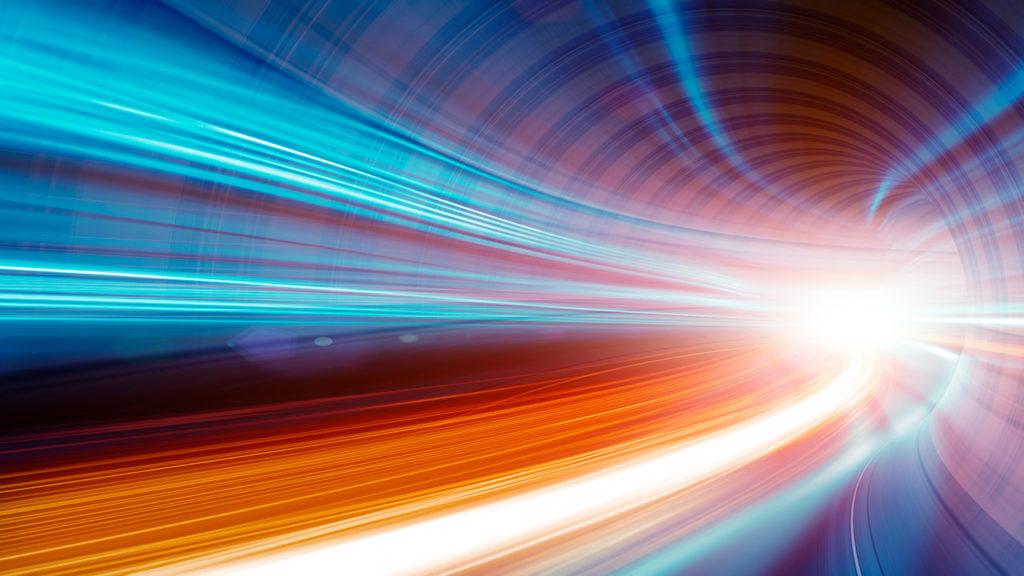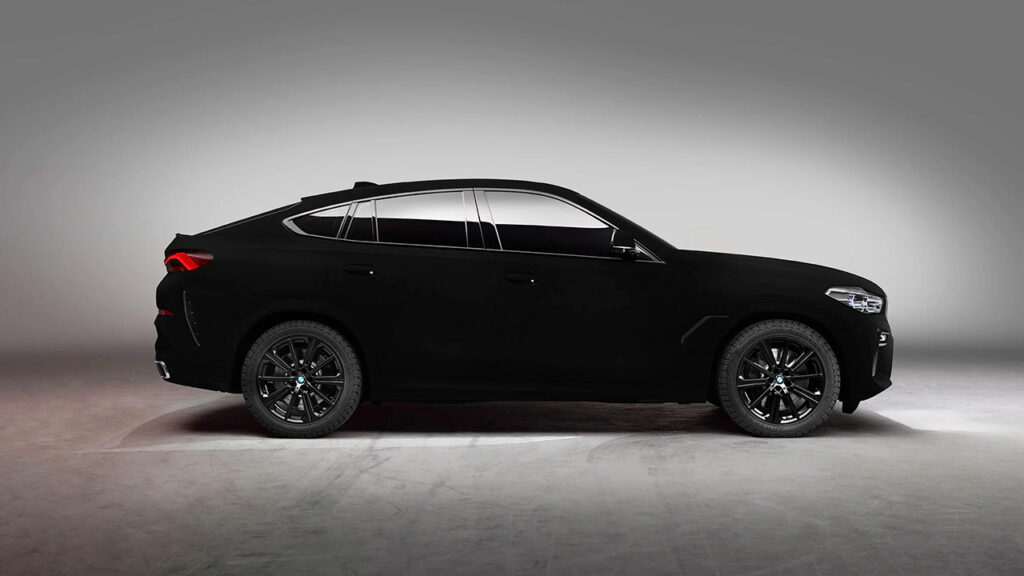How Was the Speed of Light Determined?
Italian physicist Galileo Galilei made a simple experiment with the help of lanterns in 1638. He and a friend each took a lantern and drove miles apart. As soon as one of them signaled with the lantern, the other gave the signal to him. Galileo divided the distance between two lights by time and found that the speed of light was at least 10 times faster than the speed of sound.

In the early 17th century, many people believed that the speed of light was infinite.
Italian physicist Galileo Galilei disagreed. Galileo made a simple experiment with the help of lanterns in 1638. He and a friend each took a lantern and drove miles apart. As soon as one of them signaled with the lantern, the other gave the signal to him. Galileo divided the distance between two lights by time and found that the speed of light was at least 10 times faster than the speed of sound. The biggest problem with the experiment was that it was not possible to calculate the reaction time of Galileo and his friend after seeing the light. However, a limit value was set for the speed of light.
In 1675, Danish astronomer Ole Roemer, while observing the moons of Jupiter, realized that the eclipse times of Jupiter’s moons depend on the relative positions of Jupiter and Earth. The orbits of the satellites seemed to accelerate when Earth was close to Jupiter. As Earth moved away from Jupiter, it seemed to slow down. He thought this change was related to the light needing more time to travel. He made some calculations using the diameter of the Earth’s orbit and came to the conclusion that light travels at 300,000 km/s.
In 1728, British physicist James Bradley used stellar aberrations (the change in the apparent position of stars due to Earth’s motion around the sun) to calculate the speed of light. Stellar aberration is the ratio of the speed at which the earth rotates in heliocentric orbit to the speed of light. The speed of the earth around the sun was known, and the angle of aberration of the stars could be measured. In this way, the speed of light in vacuum was calculated as 301,000 km/s.
In 1849, the French physicist Hippolyte Fizeau shined a light between the teeth of a rapidly spinning gear wheel. A mirror about 8 km away reflected the incoming light back through the same gap between the gear’s teeth. The wheel was spinning hundreds of times per second. By varying the speed of the wheel, Fizeau tried to find out at what speed the wheel had to spin for light to pass through a hole and return through the same hole. He knew how far the light had traveled, and now how long it took. Fizeau divided the distance by time and measured the speed of light at 313,300 km/s.
In 1862, another French physicist, Leon Foucault, used a method similar to Fizeau. Foucault shined a light on a rotating mirror and waited for that light to hit the distant fixed mirror and return to the rotating mirror. Because the first mirror was constantly spinning, the light was emitted at a different angle when it hit it a second time. By measuring this angle it was possible to find the speed of light. After repeating this test many times, Fizeau determined that the light was traveling at 299,796 km/s.
As history progressed and technology improved, scientists were able to find better ways to measure the speed of light. As of 1983, the speed of light was accepted as 299,792,458 km/s (299,792,458 m/s).





